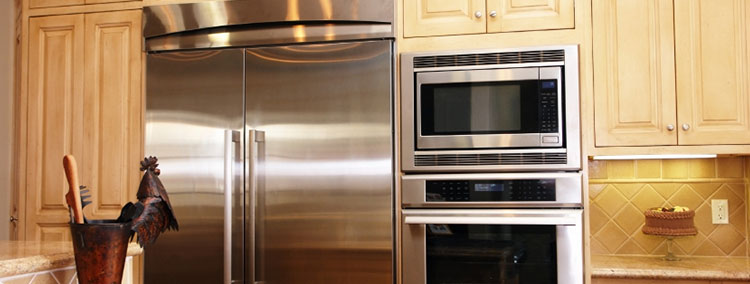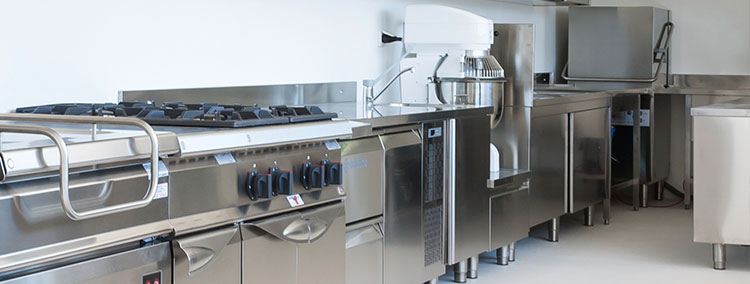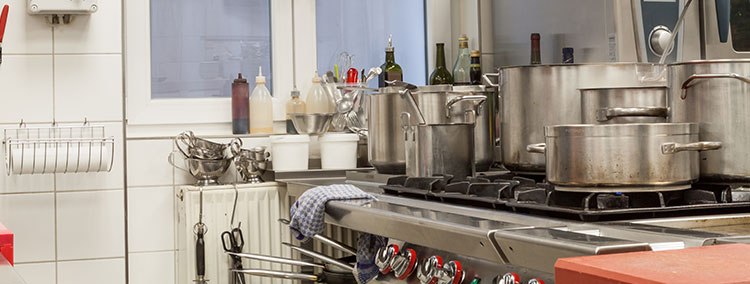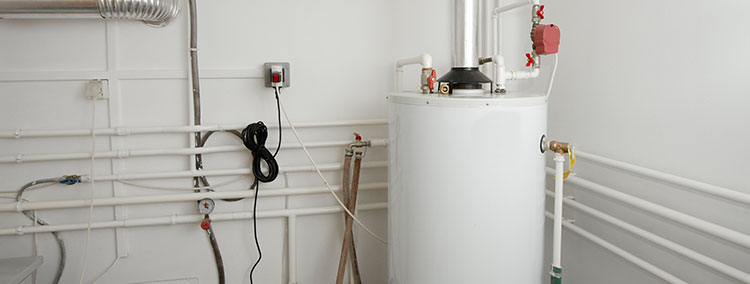There are correct and incorrect methods of storing food in the fridge. Some fruits and vegetables, for example, must be refrigerated, while others must be stored at room temperature.
You can store some cooking oils on the counter, while you should store others in the refrigerator. Some expired items may not be genuinely expired, and you may use incorrect containers.
What should you do, and what shouldn’t you do?
We’ve done the legwork to determine the best ways to keep your refrigerated food taste great and last as long as possible. To help you out, here are tips you should follow:
Not every food is supposed to be refrigerated
You might think you should refrigerate every leftover food, but appliance repair professionals observe that this shouldn’t be the case.
There are plenty of food items that you shouldn’t allow in your fridge.
Refrigeration actively deteriorates some items, including onions, potatoes, garlic, avocado, tomatoes, bananas, stone fruit, bread, pastries, melons, spices, honey, peanut butter, apples, coffee, eggs, butter, sauces, dressings, soy sauce, and hot sauce.
This means that you shouldn’t store these items in the fridge. Instead, store them at room temperature.
Properly store the cooking oils.
Cooking oils derived from fruits, vegetables, nuts, and seeds require different storage conditions. This is because oil oxidizes when exposed to oxygen, light, or heat, eventually turning it rancid.
While certain cooking oils can be stored at room temperature, some perform best in the refrigerator.
To help shed more light on the issue, here are ways to store the different oils:
Corn and canola oils: Store them in a cool, dark cupboard, or refrigerate them if it takes over a year to finish a bottle.
Olive oil: Leaving olive oil out on the counter or table, especially if the bottle is exposed to direct sunlight, or storing it on or near a stove are proven ways to turn it rancid. To avoid this, put it in the coolest, darkest corner of your house or use a smaller glass container in the kitchen.
Peanut oil can be stored for up to two years if well-sealed and kept away from heat and light. Refrigerating peanut oil may increase its shelf life even further, so go ahead and do it.
Coconut oil is relatively stable and has a two-year shelf life or more when stored at room temperature.
Avocado, grapeseed, hazelnut, sesame, truffle, walnut, safflower, and sunflower oils are delicate oils especially susceptible to rancidity when exposed to excessive light or heat.
You can go ahead and refrigerate it after opening. These oils will last six months or longer if you keep them cold.
Don’t throw away food items just because they are expired
Did you realize that no national regulation defines expiration dates? Expiration dates simply indicate quality control rather than safety or nutritional worth. This means that you can still go ahead and store and eat the food items even if they are past their expiry dates.
How can you know if your food is safe to eat? Read up on USDA recommendations, utilize your eyes and nose, and trust your instincts.
Some of the things that you can use to tell whether you can eat the food items include:
Smell: If it smells good and is properly preserved, it’s probably safe to eat.
Sight: Don’t let your eyes trick you when it comes to fresh foods like produce. Bumps and bruises do not indicate that something is destroyed.
Don’t can the cans: Canned foods have a long shelf life. Even rusted cans should be fine as long as they are not bulging and the seal is intact.
In conclusion, check the packaging, utilize your senses, thoroughly cook food, and don’t let the perfect become the enemy of the good.
A thorough awareness of “expiration” dates could significantly reduce food waste—not to mention money out of your pocket.
Don’t wrap the leftovers using plastic.
Many people wrap their foods in plastic before placing them in their fridges, which isn’t a good thing to do as it leads to food getting spoilt.
The right way to go about it is to wrap the food in safer food wrap.
If you’re tired of tossing away disposable food wrap but still want to keep your food fresh, Bee’s Wrap could be the solution.
It’s supposed to be built on top of your kitchen and then unwrapped to serve as a placemat. Bee’s wrap is also great for storing food.
It’s also useful for wrapping cheese, half an avocado, half a lemon, and covering jars and bowls (squeeze some Bee’s Wrap onto the top of a container, and the warmth of your hand will soften the wax just enough to form a seal).
When buying the bees wrap, buy a high-quality one that will give you excellent results.
Use the proper storage containers.
Besides being cautious of the type of wrap you use to cover your food before storage, you must also be careful of your storage containers.
Two of the best containers to use are glass and plastic containers.
The food will not leak into the glass container, and the glass will not shatter. For the best outcome, go with a container with a silicone lid.
While the silicone on the lid will discolor, it will be clean following a dishwasher cycle.
Plastic containers will not leak until severely shaken, and drops aren’t a concern unless the container falls on its side or a corner.
Although no plastic container is oven-safe, the set is dishwasher- and microwave-safe and comes with a lifetime warranty.
You should avoid freezing this set since expanding food may cause the top to pop off.
Always ensure that the fridge door closes fully at all times
For peace of mind that your fridge is functioning optimally and you aren’t wasting a lot of power, ensure your fridge door is always closed.
If your refrigerator door won’t close, it’s most likely due to a worn-out gasket, the rubber seal that runs down its edge. Fortunately, the solution is simple: clean the gasket and apply petroleum jelly to the rubber to revive it.
You don’t need a refrigerator repair Alexandria professional to help you fix it unless the problem is too exaggerated.






